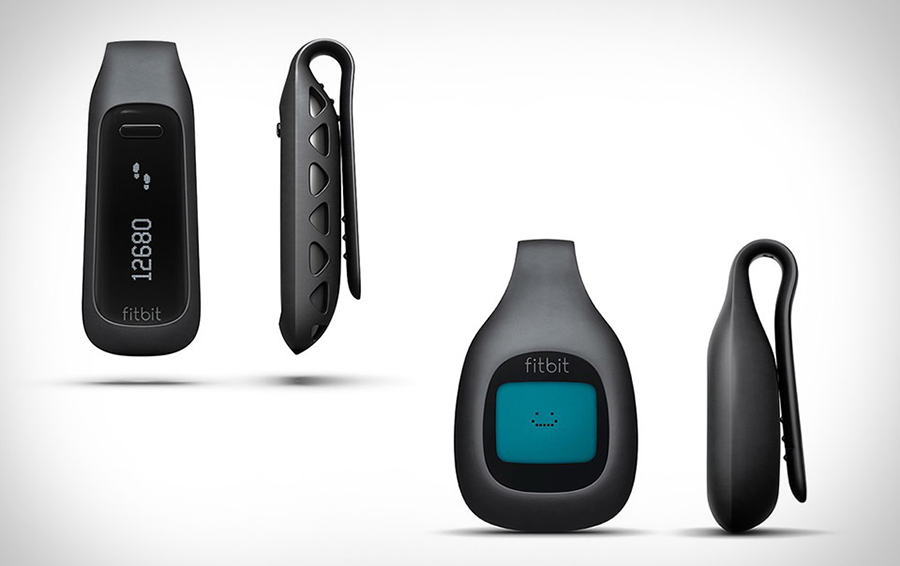In just a few years after inception, wearable technology has taken a big chunk of the health tracking market. Millions of wearable devices for tracking fitness and activity have been sold in the last few years. Now, a deluge of wearables for monitoring health data have arrived in the market. By providing various health information round-the-clock, wearable devices promise to significantly boost outcomes and reduce the cost of healthcare.
Read more How Fitbit is Trying to Transform Healthcare, While Transforming Itself
However, a new study published in the Journal of the American Medical Association, has shown that a home-based exercise program using FitBit Zip plus telephone coaching over 9 months, did not improve patients’ lower extremity peripheral arterial disease (PAD) symptoms, when compared to typical care that did not involve onsite sessions, active exercise, or coaching, reports MedGadget.
The study was led by Mary McDermott, MD, ’92 GME, the Jeremiah Stamler Professor of Medicine in the Division of General Internal Medicine and Geriatrics and of Preventive Medicine.
Past studies have shown supervised treadmill exercise as a treatment for PAD patients significantly improves symptoms, and clinical guidelines currently recommend such a program as first-line therapy.
Home walking exercise has also been shown to improve walking ability in PAD and is considered a reasonable alternative to supervised exercise by clinical guidelines. However, these supervised programs require patients to visit an exercise center three times a week. This can be burdensome for patients and therefore, many refuses to participate.
“There is growing interest in using wearable activity monitors to motivate people to increase walking exercise and activity,” McDermott said.
For this study, the researchers decided to assess the feasibility of a home-based exercise program to achieve fitness enhancements, by supervising patients using FitBit Zip wearable activity trackers, and coaching them through weekly or monthly telephone calls. The researchers recruited 200 participants from 3 U.S. universities: Northwestern, New York University and the University of Minnesota for this randomized trial, which is the first of its kind.
Half of the participants were assigned exercise intervention, while the control group received no intervention. The primary outcome was the change in distance walked over a six-minute period.
The researchers found that at the end of the nine-month study, there was no difference in the six-minute walk distance between the participants that had exercise intervention and the participants that had usual care. Furthermore, the exercise intervention worsened pain and interfered with daily activities. The authors suggest that this may be because exercise by the participants resulted in greater ischemic leg symptoms. On the other hand, the control group may have limited their activity to avoid symptoms, which reduced their pain.
The findings do not back the use of home-based exercise with wearable devices and telephone coaching without periodic on-site visits, the authors conclude.
“Further research is needed to identify home-based exercise interventions for people with PAD that are effective but are not overly burdensome — i.e., do not require frequent visits to the medical center,” McDermott said.













